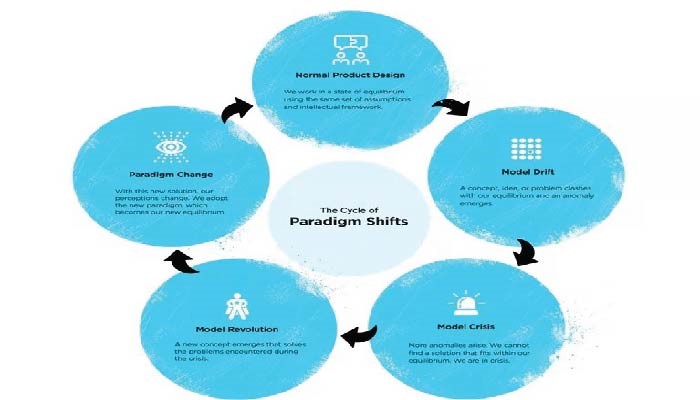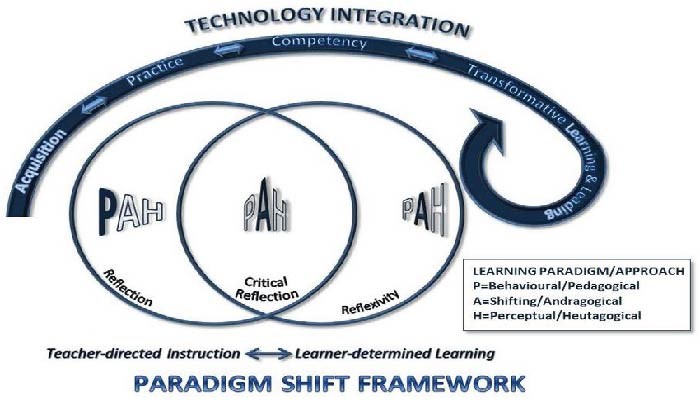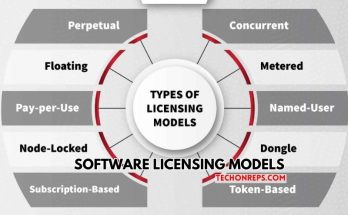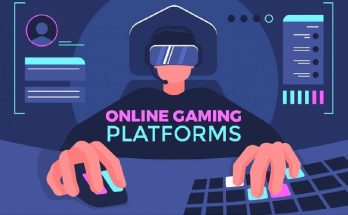Navigating the Future: Emerging Technologies and Paradigms
In the ever-evolving landscape of technology, emerging technologies and paradigms continuously shape the way we interact with the world. From artificial intelligence (AI) and blockchain to quantum computing and augmented reality (AR), these innovations hold the potential to revolutionize industries, disrupt traditional business models, and transform the way we live and work. In this article, we explore the most promising emerging technologies and paradigms, examining their implications and potential impact on society.

Artificial Intelligence (AI) and Machine Learning:
Artificial intelligence and machine learning represent a paradigm shift in computing, enabling machines to learn from data, adapt to new information, and perform tasks that were once exclusive to humans. We delve into the applications of AI and machine learning across various domains, including healthcare, finance, transportation, and more. From predictive analytics to natural language processing, AI-powered systems are revolutionizing industries and driving innovation at an unprecedented pace.
Blockchain Technology:
Blockchain technology, best known as the underlying infrastructure for cryptocurrencies like Bitcoin, has far-reaching implications beyond digital currencies. We explore the fundamentals of blockchain technology, including decentralized ledgers, smart contracts, and consensus mechanisms. Additionally, we discuss the potential applications of blockchain in areas such as supply chain management, voting systems, identity verification, and decentralized finance (DeFi). By providing transparency, security, and immutability, blockchain technology has the potential to disrupt traditional systems and empower individuals worldwide.
Quantum Computing:
Quantum computing represents a paradigm shift in computational power, promising to solve complex problems that are currently intractable for classical computers. We delve into the principles of quantum mechanics that underpin quantum computing, including superposition, entanglement, and quantum bits (qubits). Additionally, we explore the potential applications of quantum computing in areas such as cryptography, optimization, drug discovery, and material science. While quantum computing is still in its infancy, it holds the potential to revolutionize fields that rely on complex computations and simulations.
Internet of Things (IoT):
The Internet of Things (IoT) refers to the interconnected network of devices, sensors, and objects that collect and exchange data over the internet. We explore the rapid proliferation of IoT devices across various industries, including smart homes, healthcare, agriculture, and manufacturing. Additionally, we discuss the challenges and opportunities associated with IoT, including security, privacy, interoperability, and scalability. By harnessing the power of IoT, organizations can optimize operations, improve decision-making, and enhance the quality of life for individuals worldwide.
Augmented Reality (AR) and Virtual Reality (VR):
Augmented reality and virtual reality are immersive technologies that blend the physical and digital worlds, creating interactive and immersive experiences for users. We explore the applications of AR and VR across industries such as gaming, entertainment, education, healthcare, and retail. Additionally, we discuss the challenges and opportunities associated with AR and VR, including hardware limitations, content creation, and user adoption. By offering immersive and engaging experiences, AR and VR have the potential to transform how we learn, work, and play in the digital age.
Edge Computing:
Edge computing refers to the paradigm of processing data closer to the source of generation, rather than relying on centralized data centers. We explore the benefits of edge computing, including reduced latency, improved bandwidth efficiency, and enhanced privacy and security. Additionally, we discuss the applications of edge computing in scenarios such as autonomous vehicles, industrial automation, smart cities, and IoT. By decentralizing computing resources, edge computing enables real-time data processing and analysis, paving the way for innovative and responsive applications.
Biotechnology and Bioinformatics:
Biotechnology and bioinformatics are emerging fields that leverage advances in biology, genetics, and computational biology to address complex challenges in healthcare, agriculture, and environmental conservation. We explore the applications of biotechnology and bioinformatics, including gene editing, personalized medicine, synthetic biology, and bioinformatics analysis. Additionally, we discuss the ethical and regulatory considerations associated with biotechnology, including privacy, consent, and equity. By combining biological insights with computational tools, biotechnology and bioinformatics have the potential to revolutionize healthcare and address pressing global challenges.
Conclusion:
Emerging technologies and paradigms hold the potential to reshape our world in profound and unprecedented ways. From artificial intelligence and blockchain to quantum computing and augmented reality, these innovations offer new opportunities for innovation, collaboration, and societal impact. However, they also pose challenges and risks that must be carefully considered and addressed. By staying informed, adaptive, and collaborative, we can harness the power of emerging technologies to build a brighter and more inclusive future for all.



